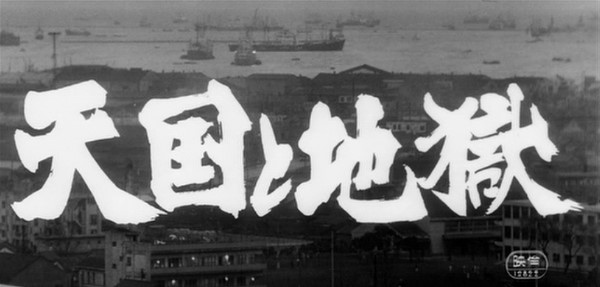Revisit: A Nightmare on Elm Street Part V: The Dream Child

A New Line Cinema release 1989
Directed by Stephen Hopkins
Writing credits:
Wes Craven (characters)
John Skipp (story)
Craig Spector (story)
Leslie Bohem (story & screenplay)
Alice, having survived the previous installment of the Nightmare series, finds the deadly dreams of Freddy Krueger starting once again. This time, the taunting murderer is striking through the sleeping mind of Alice's unborn child. His intention is to be "born again" into the real world. The only one who can stop Freddy is his dead mother, but can Alice free her spirit in time to save her own son?
A Nightmare on Elm Street is one of my favorite horror flicks of all time. Combining slasher scares with meta-physical reality, Wes Craven crafted an original and truly scary film that took advantage of the 80's gore effects boom. It also spawned a slew of knock-offs and an obsession with altered-reality/dreams/paranormal activity that dominated 80's horror.
The sequels all tinker with the nightmare formula a little bit - Freddy's abilities to haunt and scare and the definitions of the dream world are all a bit fluid - but one element always keep these films from being a predictable slasher flick: the kills. Freddy Krueger murders are always an excuse for outlandish, over-the-top effects, and the crazier the better.
In this film, the fifth in the series, Krueger returns in an attempt to inhabit the soul of Alice's unborn child. The precedence for Freddy's soul-stealing was set in the second film - which is universally hated, I believe, for having gone astray from the original formula - and is no less ridiculous here.
Neither are the kills, which range from a ridiculous comic book style slashing to Seven-style force feeding to the infamous "Freddybike". This film is all about the effects, which take a cue from the works of Rob Bottin (The Thing) and feature a lot of flesh mutation and slippery tendons. 
By this point in the series, Freddy had developed a strong personality too, which also separates it from many other slasher flicks. He's given some hilarious quips and says the word "bitch" a lot.
Look out for a great scene that addresses the subject of abortion (if Alice just got rid of the damn baby, Freddy couldn't keep killing). The dialogue is priceless.






